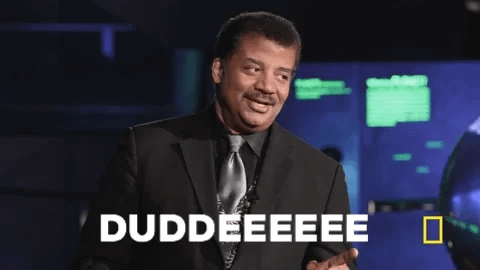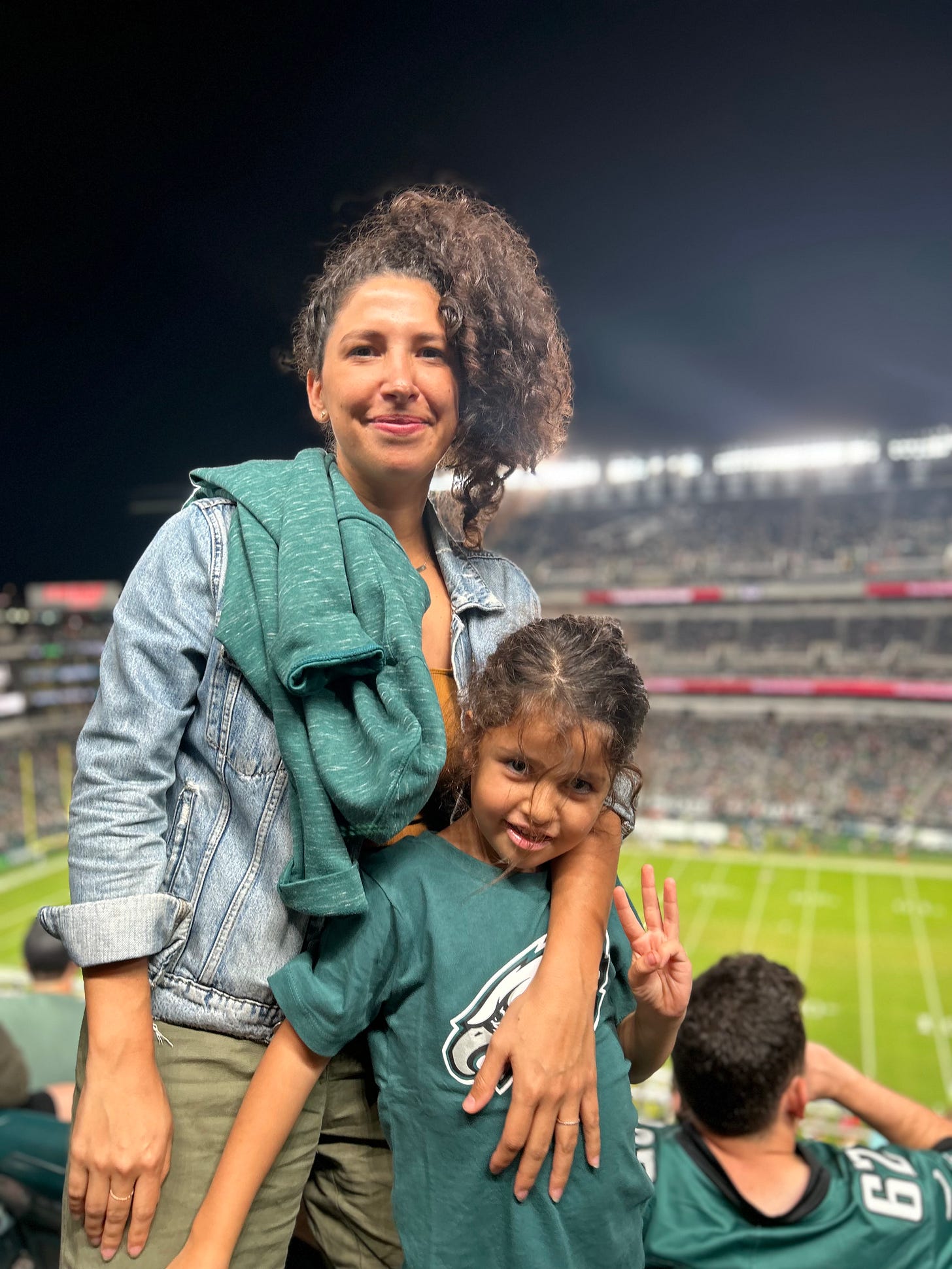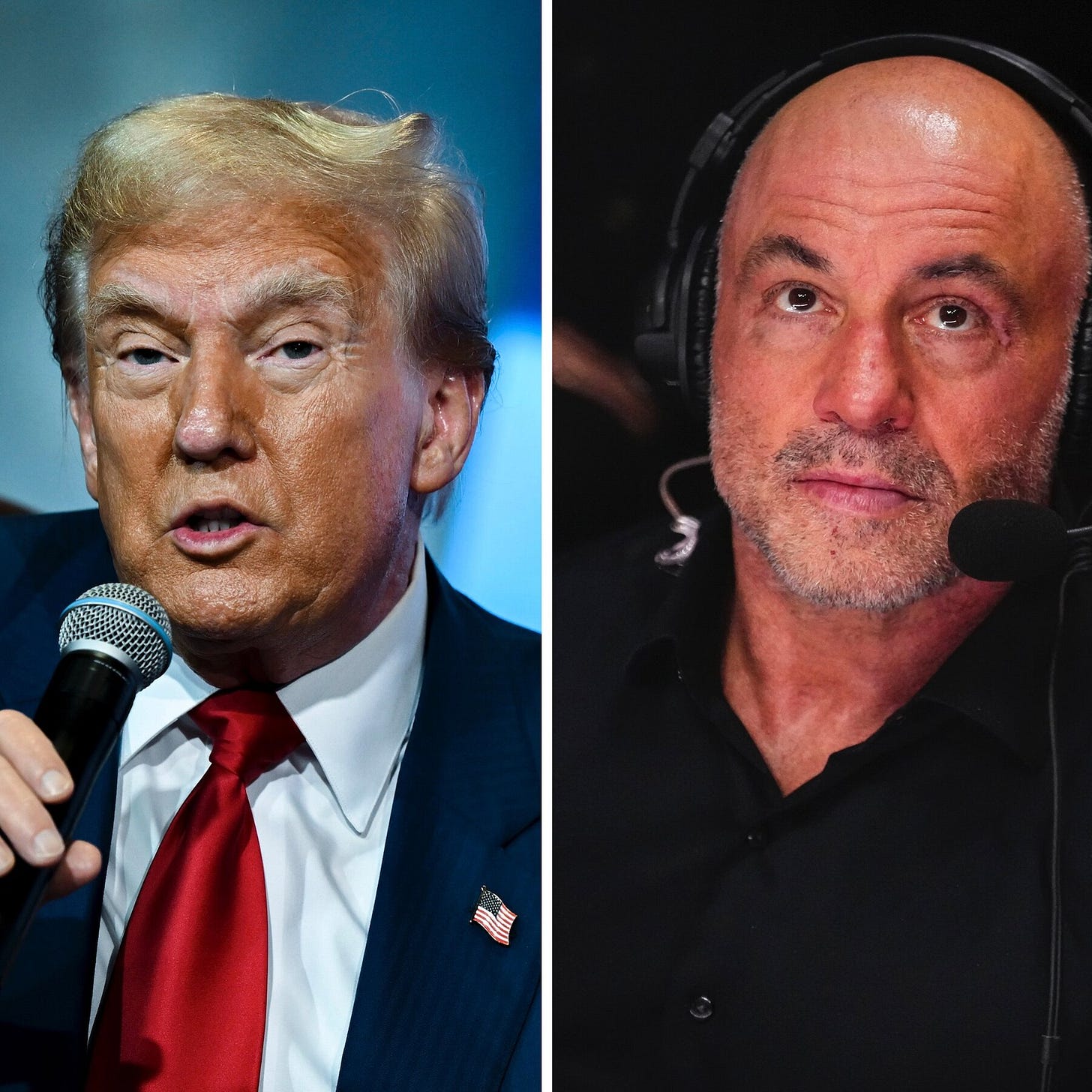👋 Hey, it’s Andrés. Welcome to Astrolab’s weekly newsletter on how to become a better communicator at work. We write for knowledge workers and business owners.
Today: How to connect via a storytelling-filled conversation
Read time: Less than three hours
Here are my three ideas for today:
Connection makes people at ease
Connection leads to trust
Share stories to create connection
As you notice, I’m interrupting the series on how to prepare better. This post is, again, about storytelling for connection.
Connection makes people at ease
Yesterday I facilitated our storytelling for influence workshop for a CPG company in Dallas.
I was anxious about how would I introduce myself. For these past months, I've been thinking about how to share my narrative (writer, parent, business owner, immigrant, Mexican) in a way that makes it easy for people to connect with me.
As I wrote a couple of weeks ago, connection is important because it makes everyone more inclined to listening. It also helps reduce defensiveness.
Connection is one of the main components of relationship-based persuasion —versus the transactional sharing of information— because you need a certain degree of sympathy and of trust for others to really engage in productive conversation and/or a relationship.
So, let’s go back to Dallas. What did I know about my audience?
Well,
we were in Dallas, one of the biggest cities in Texas
they worked at a CPG company owned by a Mexican company that has its HQ in Monterrey
because they lived in Dallas, they probably knew about the rivalry between the Dallas Cowboys and the Philadelphia Eagles, and how the Cowboys had terribly lost this past Sunday against yes, the Eagles (34-6)
So, after Carlos from Astrolab opened the workshop, it was my turn to go on stage.
I'll tell you exactly what did I say to introduce myself, WORD. BY. WORD.
Hey, everyone! How's everyone doing so far? Any keywords you remember from this past hour with Carlos?
(after some of them shared a couple of ideas, I went again)
So, I grew up in Monterrey, México, where a big number of people root for the Dallas Cowboys, including my older brother.
When by son turned five, my brother gave him a Cowboys jersey.
Then, I got accepted at UPenn and decided to move to Philadelphia with my family.
As you now, there's a grudge between these two cities.
Anyways, I decided to have a talk with Gabriel.
I let him know about the situation.
He said he didn't care, and I said I supported that decision.
Eventually, my wife and I bought tickets for an Eagles pre-season game and decided to surprise our kids by not letting them know where were we going.
The day of the game, we told them we were going to a special place.
We took the train and got off close to the Lincoln Financial Field, where the Eagles play.
We started to say many people wearing Eagles gear, but still not a reaction from our kids.
Suddenly, the stadium was on full view.
Gabriel stopped walking.
What are we doing here? Gabriel asked.
We're taking y'all to an Eagles game! we said.
Then, his face changed, and he started crying.
We couldn't understand what was going on.
After he calmed down, he said: I don’t want to go to an Eagles game! I’m a Cowboys fan!
He was imagining that Eagles fans would trash talk him (which, in retrospective, I think they could, Philly being Philly. Eagles fans once through batteries to a Santa Claus, so...) and he was being kind of a traitor for doing this.
We told him that is was ok.
He did spent the first hour of the game crossing his arms in denial mode. Eventually he relented and we all had a great time.
With this, I closed this first part of my introduction. Everyone was having a nice time. Even those who rooted for the Cowboys.
But I didn't stop there. I then moved into the second part of my introduction:
So I flew two days ago from Philly. I called an Uber and a big guy picked me up.
He said that I was his last trip for the day. He seemed tired.
I'll try to behave, I said, I don't want to be any trouble.
He laughed.
Ten seconds later, he asked: Where are you flying from?
I said: Philadelphia.
The guy turned around and game a sombre look:
Bruh, I dare you to talk about this Sunday’s game!
I answered: I told you that I was going to behave!
He laughed.
Then, for the next thirty minutes, we had one of the best conversations I had with an Uber driver.
He shared a story about how of one his best friends is a huge Eagles fan, and how he visited him in Philly, and both went to Chickie's and Pete's, literally the official Eagles’ bar
Then he told me about how Dallas had been growing a lot and was very safe, at least from the Galleria up north.
He went back to his Philadephia trip and told me about how there was a guy up in a tree close to the bar. What is he doing there? He asked his friend. Well, he gets up there to drink and gets high. But does he has to do to not fall down? Oh, he falls down.
By then we were both laughing out loud.
Eventually, I got to my destination. I hope you have a great night, I said, and got off. I obviously tipped him.
Anyways! I’m happy to be here in Dallas. During the next two hours we’ll talk about where to find stories, how to structure them, and how to tell them better.
Is that ok?
So, two stories, less than four minutes total. What did I share about me? That:
I’m a parent
I’m from Mexico
I live in Philadelphia
I value storytelling, so much that I started my facilitation this way
Even though I’m an Eagles fan, I’m also, deep down, a Cowboys fan
I was making an effort to connect with those in the audience
After this, the rest of my exposition went really smooth.
Connection leads to trust
I wanted to write about this and relate it with another story about the relevance of connection.
Last week I referenced the fact that Trump accepted to be interviewed by Joe Rogan in the days leading to his election, and that this, paired with his appearances on other similar podcasts seemed to have an impact on a specific audience segment (young men).
I shared this with a friend of mine that voted for Kamala, and she told me that she had listened to that episode with Trump (three hours!), and that she came out thinking that Trump was a funny guy.
I obviously didn't vote for him, but I really think that listening to this interview made me get to know him better, she told me.
On his last week's newsletter, Scott Galloway said something similar:
In his conversation with Rogan, Trump seemed unusually relaxed and comfortable, a guy you could grab a beer with.
Today I flew back to Philadelphia. The flight is three hours long.
Do you want to know how did I spend that time?
Yes. I also listened to his interview, just so I could write this stupid sentence.
And you know what? I also felt that some of that connection.
It made me rethink some of the critics I’ve been hearing about Trump for years (i.e. some weird things that happened during the 2020 election).
Now, again, connection those not lead directly to persuasion, but it definitely leads to empathy.
During the interview, Trump tells Rogan that Kamala wouldn’t accept his invitation to his podcast. Rogan answer:
I think we'd have a fine conversation. I think I'd be able to talk to her. I wouldn't try to interview her. I just try to have a conversation with her and hopefully get to know her as a human being.
Empathy can lead to liking, and liking—I’ve wrote about it before—leads to trust.
Now, let’s say you bought into this idea that conversations can lead to connection. Obviously, not any conversation leads to connection.
So how do you actually have a conversation that leads to connection?
Share stories to create connection
If you’ve been reading this newsletter, you’ll notice that storytelling is a topic that I’m fond of. And this is an understatement.
Specifically, oral storytelling as a tool for influence is a topic that has captured my imagination and a lot of my time.
For the past twelve years, my job can be synthesized as a professional trainer. I work with leaders, commercial teams and business owners that need to become more influential, and I help them do this by becoming better storytellers.
Last year, I wrote a blog post for Astrolab’s blog on connection stories. I’ll close today’s post sharing with you a couple of texts borrowed from that post:
Connection stories are usually short and light, and are used to make your audience feel good. They also help you build rapport.
Connection stories are different depending on who your audience is.
Yes, you can have some connection stories prepared, but oftentimes, it’s impossible to know where a conversation will go (Did you just lose your passport? Did your town flood? Did you buy a new phone? Did you find a new cafe?).
Connection stories are typically less than a minute long, and are told with energy—in the end, you want the other person to not regret investing their time in you.
The goal of connection stories is to “get on your good side,” put your audience at ease, and pave the way for another ten or fifteen minutes of conversation.
Here’s the take away:
If want to make people feel at ease, and if you want them to start trusting you, become better at sharing connection stories… that will trigger similar stories from your audience, hence accelerating connection.
Let me know if you try it!
That’s all for today. I’ll see you next Thursday.
Andrés







Connection is key! Thanks for sharing this reflection